Results
Results
MNI
The demographic profile from all of the tombs suggests there was no separation by age or sex at any of the sites, with nearly all age categories, from neonate to adult being represented. The MNI from tomb 9:41 at Wadi Sahab al-Asmar is much larger than from any of the other graves, although this may simply be an artefact of the excavation strategy, with this being the only grave where undisturbed bone layers were sampled.
Burning
The remains from Qulban Beni Murra and Rajajil showed no evidence for burning. The remains from Wadi Sahab al-Asmar showed varying degrees of burning from unburnt to white/calcined, indicating temperatures ranging between around 200oC to over 650oC. The majority of bones from all three graves had been exposed to very low temperatures, with a small minority of fragments being exposed to temperatures above 300oC. The majority of remains also showed characteristics indicating they were burnt when dry (superficial or transverse cracking, no shrinkage or warping). This would support the interpretation of small fires being set above the layers of commingled bones, as part of ancient looting, or re-use, practices after complete decomposition and desiccation of the remains.
However, a small number of elements showed characteristics normally associated with burning when fresh (shrinkage, warping, curved/thumbnail fractures), which may suggest that the cremation of complete bodies was occasionally being employed as a funerary practice. However, the rescue nature of the excavations did not allow for 100% recovery of the remains and therefore it was not possible to see whether these “freshly” burnt remains represented whole corpses. In addition, recent forensic research has found that warping and curved fractures are sometimes recorded in bones that have been buried for a number of years before being cremated. It is therefore possible that this may also be the case for the remains from Wadi Sahab al-Asmar. Histological analyses of bone fragments showing various different degrees of burning are due to be carried out this year, in order to further investigate the possibility that some bodies may have been cremated in a fresh state.
Fragmentation and Cut-marks
The remains from all five graves were very heavily fragmented, with no intact long-bones and very few intact smaller bones being present. The majority of the fractures showed characteristics of occurring in the dry-bone, post-mortem stage, with transverse fracture lines, undulating or jagged fracture margins and roughened fracture surfaces. However, a number of fragments from all graves demonstrated characteristics of peri-mortem fractures, with smooth un-stepped fracture surfaces, obliquely angled fracture edges and spiral or helical fracture lines. This may indicate that fragmentation of the remains was occurring in the immediate post-mortem period, although bones may display peri-mortem characteristics for an extended period of time, depending on environmental conditions.
A small number of fragments also showed evidence for incised cuts and scrape marks. These are sometimes similar in appearance to those produced by lithic tools in experimental studies and may, therefore, be related to attempts to dismember corpses before all of the soft tissues had fully decomposed. However, some of the cuts also appear to be similar to marks created by trampling and are in unusual locations that would not normally be associated with a dismembering process. Examination of the cut and scrape marks by scanning electron microscopy and light microscopy is due to be carried out this year in order to better distinguish between marks created by human action and trampling.
Taphonomy
A small number of fragments also showed evidence for damage caused by insects, probably dermestid beetle pupa, which can create deep tunnels into bone and usually colonise corpses during the dry and skeletonised stages of decomposition. One study of Early Bronze Age tombs in the Southern Levant found dermestid pupa burrows on bones and argued this indicated that the remains were exposed above ground for some time before burial, or were accessible within chamber tombs. It is possible that their presence in the remains from the current project resulted from similar processes, although it is also possible that they could have colonised the remains after modern episodes of looting.
Further evidence for modern episodes of looting could also be seen in a small number of fragments with evidence for rodent damage with the areas of damage showing a paler colouration than the surrounding bone, indicating that they occurred in the recent past. The effects of weathering were also recorded on a large number of fragments, which sometimes obscured other modifications, such as burning or peri-mortem fractures.
Downloads
Conference Contribution
Tucker, K, Gebel, HG, Gresky, J. 2015. Broken, Burned and Buried: Investigating Chalcolithic and Early Bronze Age Funerary Practices in the Arabian Peninsula. BABAO Annual Conference 2016, Sheffield, September 18th-20th 2015.

